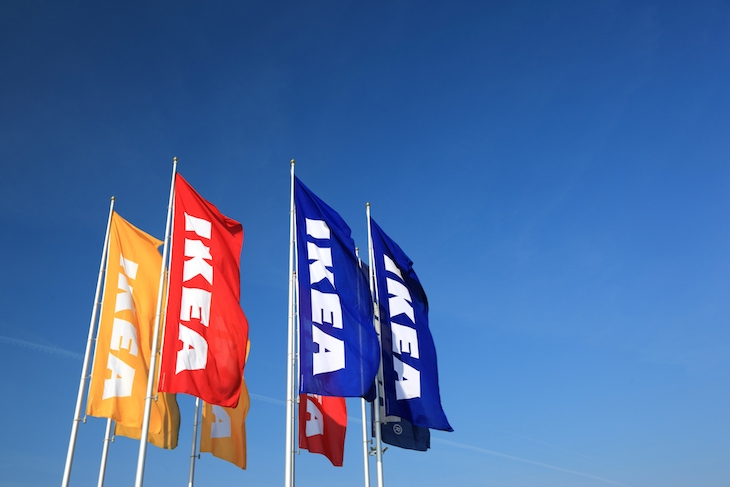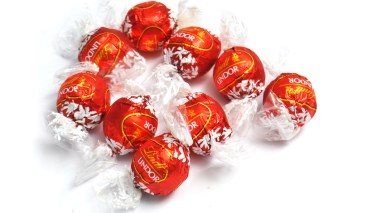By all accounts, Ikea founder Ingvar Kamprad was my kind of guy: may he rest in peace (on an Askvoll standard double). Like me, he was a skinflint. For a multibillionaire to buy his clothes at flea markets and select his groceries from supermarket quick-sale shelves is charming. About his retail wares, I’m more ambivalent. Look, hats off to Ingvar for making halfway-attractive furniture available to the hoi polloi at affordable prices. Yet every time I’ve succumbed to the allure of a cheap-and-cheerful Ikea design, I’ve ended up hating it.
Part of the problem is the look. Cheap-and-cheerful is not my bag. I’m more into cheap-and-morose. In a profile a while ago, a journalist characterised my home as freighted with ‘grandma furniture’. Further, that cut-rate Scandi look is now so recognisable that you might as well leave the Ikea price tags dangling off the chairs. I’d rather my house look uniquely crap than exactly like the house next door. But the main reason I came to hate Ikea-anything is that, sooner or later, it falls apart.
Flat-pack furniture is not meant to last. It has taken me too long to understand that flimsiness is part of its appeal. Because when the door of a cabinet starts to sag off plumb and the laminate is curling off its corner, that means you get to buy another one. So long as they can always find another sucker, manufacturers are obviously motivated to sell products that break or degrade. The best thing that ever happened to cookware companies, for example, was the non-stick surface. A solid set of stainless-steel pots and pans will last a lifetime — or, should you inherit ‘grandma cookware’ from an elderly relative, a lifetime after that. Cast iron can last hundreds of years. Such stunning durability is a commercial catastrophe.








Comments
Join the debate for just £1 a month
Be part of the conversation with other Spectator readers by getting your first three months for £3.
UNLOCK ACCESS Just £1 a monthAlready a subscriber? Log in